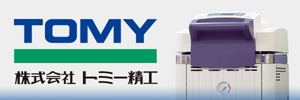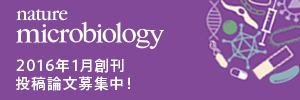PI-144 (JTK):Identification of genes involved in the catabolism and stress response to octylphenol polyethoxylates (Triton X-100) in Pseudomonas nitroreducens TX1 by transposon mutagenesis
1Dept. Life Sci., Natl. Central Univ., Taiwan, 2Dept. Bio Health Sci., Natl. Changwon Univ., Korea
Octylphenol polyethoxylates (OPEOn, Triton X-100) and nonylphenol polyethoxylates (NPEOn, Triton N-101) are non-ionic surfactants used in many applications. They are found as pollutants both in natural environments and in municipal wastewater. The metabolites, octylphenol and nonylphenol, are shown to be eco-toxic and potential endocrine disrupters to wild lives and humans. Pseudomonas nitroreducens TX1 is capable to use high concentrations of Triton X-100 as sole carbon source. The morphology, membrane composition, protein expression, genome sequence, and metabolites of strain TX1 when grown on Triton X-100 have been investigated. In this study, identification of genes involved in catabolism and stress response to this surfactant was conducted by using transposon mutagenesis. Over 30,000 mutants were isolated from tri-parental mating. 120 mutants have been identified to be non-growers on Triton X-100 and the mutated genes were classified to: metabolic enzymes (16 genes), membrane proteins (7 genes), stress responses (10 genes), chemotaxis (4 genes). Some transposons were found to insert in the non-coding sequence or genes with unknown function. DedA family protein, LysE and MatE transporters maintain cell membrane stability and substrate transporting. Isocitrate lyase and malate synthase are proposed to be the catabolism enzymes toward the metabolites from Triton X-100. They were also found to be up-regulated at protein expression level. Chemotaxis related proteins such as two-component regulatory system protein CbrA and CbrB are found to be required in the catabolism of recalcitrant carbon source. Protein Ssg, a glycosyltransferase, participates the cell wall synthesis to resist surfactants in the environment. Many genes identified to be essential for strain TX1 to utilize and resist Triton X-100 provide the whole-picture of the mechanistic study of bacteria in the catabolism of recalcitrant carbon source and resistant strategies to environmental stresses.
keywords:Pseudomonas nitroreducens TX1,Transposon mutagenesis,Alkylphenol polyethoxylates,Triton X-100




